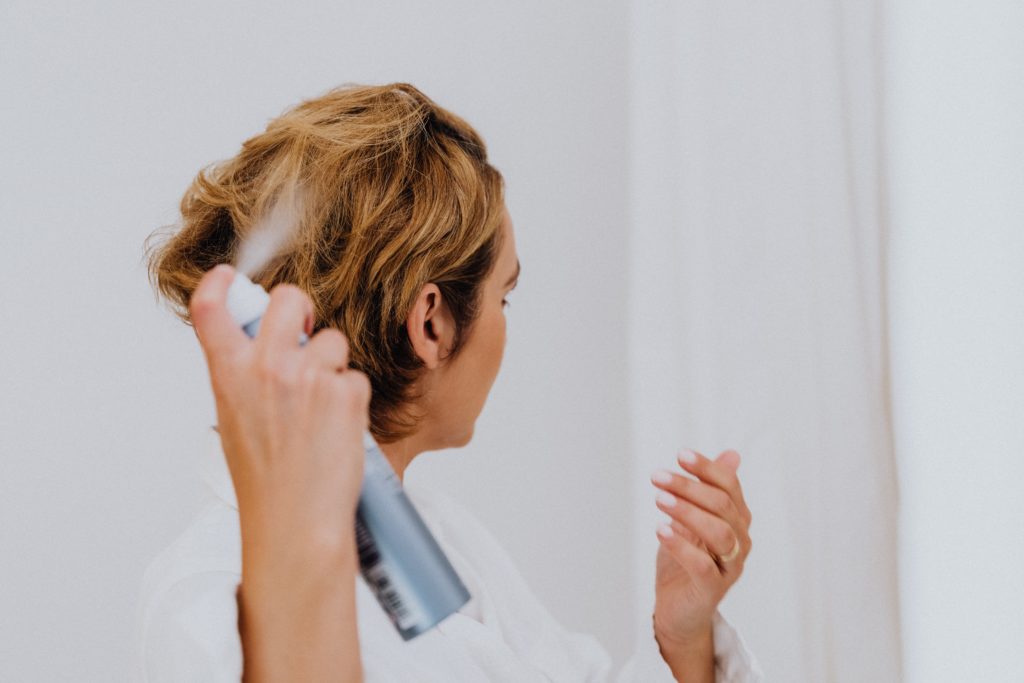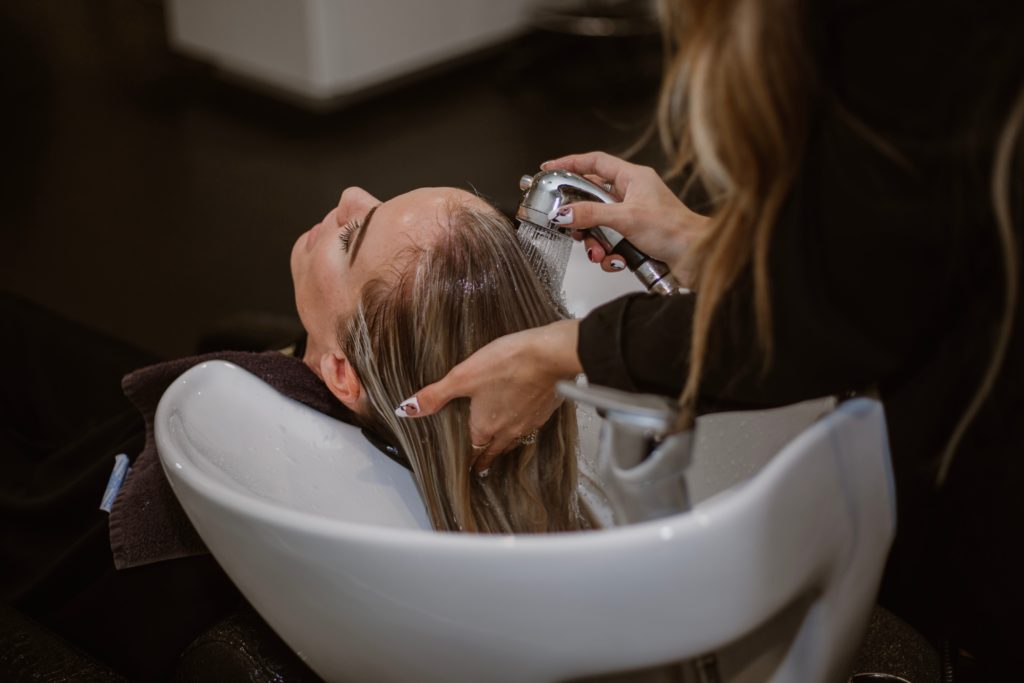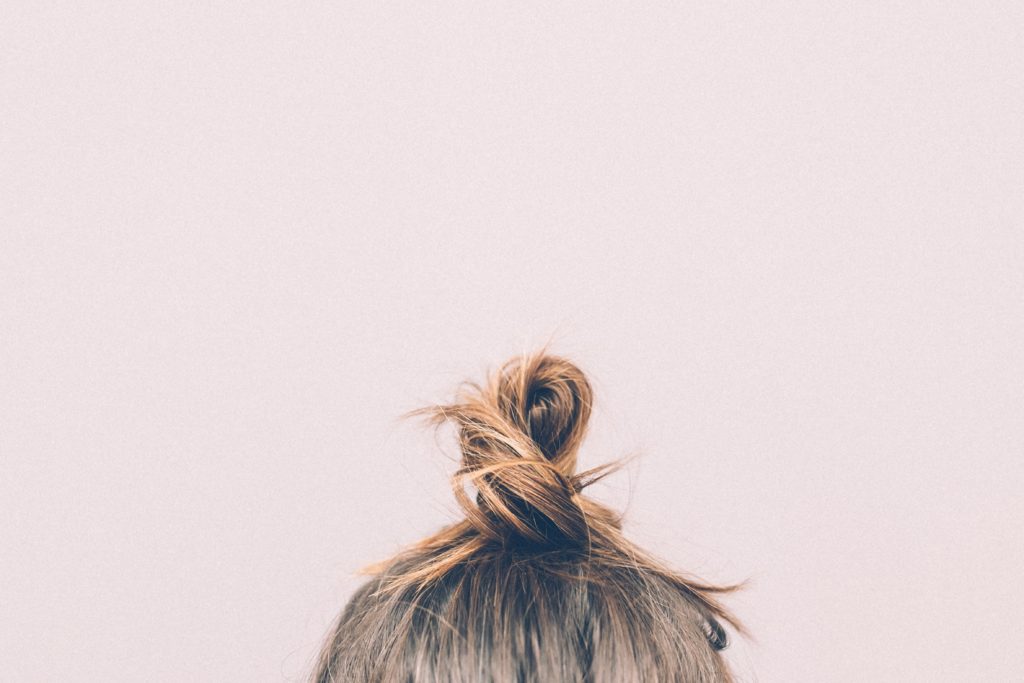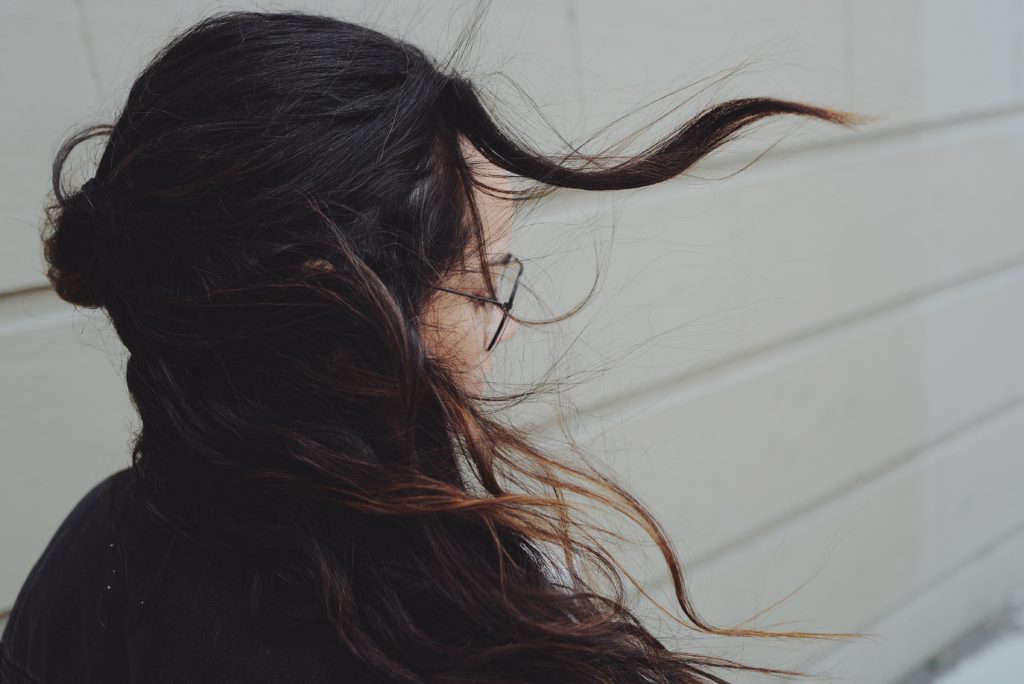Natural hair requires special care and attention to maintain its moisture balance. From coily to kinky textures, the unique structure of natural hair makes it prone to dryness and breakage. Keeping your natural hair well moisturized not only enhances its health and vitality but also promotes growth and reduces damage.
In this article, we will explore 11 effective ways to help natural hair stay moisturized, ensuring that your beautiful curls are hydrated, soft, and resilient.
Understanding Natural Hair and Its Moisture Needs
Natural hair refers to hair that has not been chemically processed or altered, embracing its natural texture. The structure of natural hair, characterized by tightly coiled or kinky strands, makes it challenging for sebum, the natural oil produced by the scalp, to travel down the hair shaft, resulting in dryness.
Additionally, the coiled structure hinders the distribution of moisture throughout the hair. Therefore, it is crucial to understand the specific moisture needs of natural hair and implement appropriate techniques and practices to retain moisture effectively.
1. Clarifying the Hair
Product buildup and residue can prevent moisturizing products from effectively penetrating the hair shaft. Regularly clarifying your natural hair with a clarifying shampoo or a homemade apple cider vinegar rinse helps remove impurities, allowing your hair to absorb moisture more efficiently.
2. Deep Conditioning
Deep conditioning is a vital step in maintaining moisture in natural hair. Choose a deep conditioner specifically formulated for natural hair and contains hydrating ingredients such as shea butter, coconut oil, or aloe vera.
Apply the deep conditioner to freshly washed hair and let it sit for the recommended time to restore moisture and nourish your strands.
3. Proper Detangling Routine
Natural hair is more prone to tangling, leading to breakage if not handled carefully. Use a wide-tooth comb or fingers to gently detangle your hair while damp and saturated with conditioner.
Start from the ends and work to the roots, ensuring minimal damage and breakage. Detangling your hair properly reduces the risk of moisture loss during styling.
Choosing the Right Products for Moisture
Selecting the appropriate products for your natural hair is crucial for maintaining moisture. Look for products free of sulfates, parabens, and drying alcohols.
Opt for moisturizing shampoos and conditioners that provide hydration and nourishment to your hair. Additionally, consider incorporating leave-in conditioners, moisturizers, and oils into your hair care routine for enhanced moisture retention.
4. Moisturizing Shampoos and Conditioners
When choosing a shampoo for natural hair, opt for sulfate-free formulas that cleanse without stripping away the natural oils. Moisturizing conditioners enriched with natural oils and butter are excellent for adding hydration and restoring moisture to your strands. Focus on the ends of your hair while applying conditioner, and leave it on for a few minutes before rinsing.
5. Leave-in Conditioners
Leave-in conditioners are a great way to provide continuous moisture to your natural hair throughout the day. Apply a small amount of leave-in conditioner after washing and conditioning your hair, focusing on the ends and areas prone to dryness. This will help seal in moisture and provide an extra layer of protection.
6. Moisturizers
Moisturizers specifically formulated for natural hair are essential for keeping your curls hydrated. Look for products that contain water as the primary ingredient, as water is the ultimate source of moisture for your hair. Apply moisturizer to your hair daily or as needed to maintain its moisture balance.
7. Oils
Natural oils, such as coconut, jojoba, or argan, can work wonders in sealing moisture into your hair. After applying a moisturizer, seal in the moisture by applying a small amount of oil to your hair. Oils create a protective barrier that helps prevent moisture from escaping, keeping your hair hydrated for longer periods.
Moisturizing Techniques and Practices
In addition to using the right products, incorporating effective moisturizing techniques into your hair care routine can significantly improve moisture retention for natural hair.
8. L.O.C. Method
The L.O.C. method (Liquid, Oil, Cream) is popular among naturalists for maximizing moisture retention. Start by applying a water-based leave-in conditioner or aloe vera juice as the liquid step. Follow this by sealing in the moisture with an oil of your choice. Finally, apply a moisturizing cream or butter to provide an extra layer of moisture. The L.O.C. method helps lock in moisture, keeping your natural hair hydrated and soft.
9. Baggy Method
The baggy method is a simple yet effective technique to boost moisture in your hair. Before bed, apply a leave-in conditioner or moisturizer to your hair, focusing on the ends.
Cover your hair with a shower cap or plastic bag and secure it with a scarf or hairband. The bag creates a humid environment, allowing your hair to absorb and retain moisture overnight. In the morning, remove the bag and style your hair as desired.
10. Steam Treatments
Steam treatments provide deep hydration by opening the hair cuticles, allowing moisture to penetrate the strands more effectively. You can achieve this by using a handheld steamer, standing in a steamy shower, or using a warm towel after applying a deep conditioner. Steam treatments help revive dry and brittle hair, restoring its natural moisture balance.
Protective Styling for Moisture Retention
Protective styles not only safeguard your hair from damage but also promote moisture retention by reducing manipulation and exposure to external elements.
11. Braids and Twists
Braids and twists are excellent protective styles that help retain moisture. These styles keep your ends tucked away, minimizing exposure to the environment and reducing moisture loss.
Before installing braids or twists, moisturize your hair thoroughly and seal the ends with oil to prevent dryness. Additionally, remember to moisturize your scalp regularly to maintain a healthy environment for your hair to thrive.
Conclusion
Maintaining moisture in natural hair is crucial for its overall health and appearance. By implementing the 11 ways discussed in this article, you can effectively retain moisture, keeping your natural hair hydrated, soft, and resilient.
FAQs
1. How often should I moisturize my natural hair?
The frequency of moisturizing your natural hair depends on its individual needs. As a general guideline, aim to moisturize your hair at least once a day or every other day. However, pay attention to your hair’s response and adjust the frequency accordingly. If your hair feels dry or brittle, increase the frequency of moisturizing.
2. Can I over-moisturize my natural hair?
Yes, over-moisturizing can occur if you excessively apply water-based products without allowing the hair to dry properly. Over-moisturized hair may feel excessively soft, mushy, or limp. To prevent over-moisturizing, strike a balance between moisturizing and allowing your hair to retain its natural strength and elasticity.
3. How can I moisturize my natural hair in between washes?
To moisturize your natural hair in between washes, use a water-based leave-in conditioner, a moisturizer spray, or a mixture of water and aloe vera juice in a spray bottle. Lightly mist your hair with the product of your choice, focusing on the ends and areas prone to dryness. Then, seal the moisture with a small amount of oil or a butter-based moisturizer. This will help refresh and hydrate your hair without the need for a full wash.
4. Can I use regular oils, such as olive oil or almond oil, to moisturize my natural hair?
While regular oils like olive oil or almond oil can provide some level of moisture to the hair, they may not be as effective in sealing in moisture compared to lighter oils specifically formulated for hair, such as coconut oil or jojoba oil.
These lighter oils have smaller molecules that can penetrate the hair shaft more effectively, providing long-lasting hydration. However, you can still use regular oils as a pre-shampoo treatment or mix them with your preferred moisturizer for added nourishment.
5. How do weather conditions affect natural hair moisture?
Weather conditions, such as humidity or dryness, can impact the moisture levels in natural hair. In high humidity, the hair tends to absorb excess moisture from the environment, leading to frizz and potential moisture overload.
On the other hand, dry weather can cause moisture to evaporate from the hair, resulting in dryness and an increased risk of breakage. To combat these effects, adjust your hair care routine accordingly.
In humid conditions, use anti-humectant products and protective styles to minimize frizz. In dry conditions, increase the frequency of moisturizing and incorporate sealing oils to lock in moisture.



